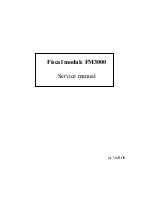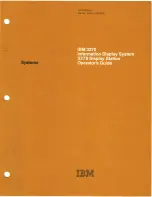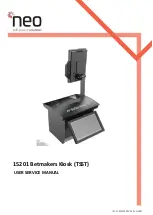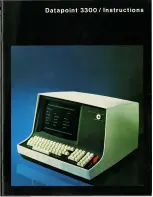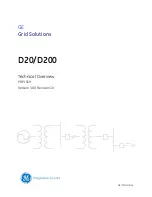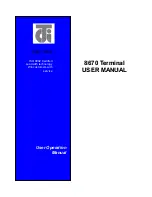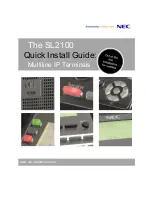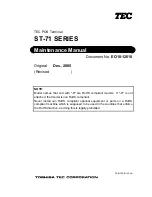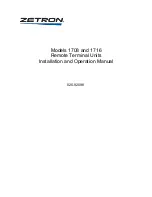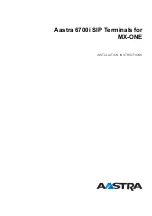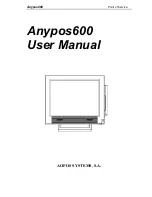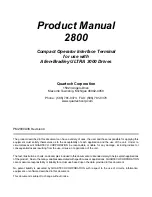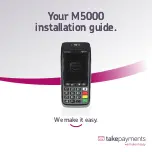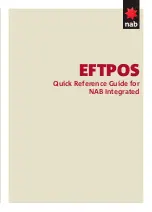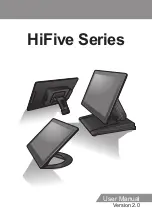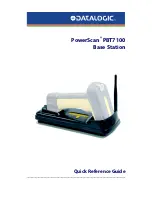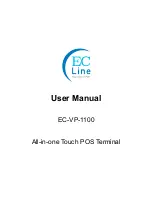
cnt
5-2-55, Minamitsumori, Nishinari-ku, Osaka 557-0063 JAPAN
Phone: +81(6)6659-8201 Fax:
+81(6)6659-8510 E-mail: [email protected]
EM-9232 Rev.2 P. 1 / 2
CONNECTOR TERMINAL BLOCK
MODEL
CNT
INSTRUCTION MANUAL
BEFORE USE ....
Thank you for choosing M-System. Before use, please check
contents of the package you received as outlined below.
If you have any problems or questions with the product,
please contact M-System’s Sales Office or representatives.
■
PACKAGE INCLUDES:
Connector Terminal Block ..................................................(1)
■
MODEL NO.
Confirm that the model number described on the product is
exactly what you ordered.
■
INSTRUCTION MANUAL
This manual describes necessary points of caution when
you use this product, including installation, connection and
basic maintenance procedures.
POINTS OF CAUTION
■
GENERAL PRECAUTIONS
• Before you remove the unit or mount it, turn off the out-
put signal for safety.
■
ENVIRONMENT
• Indoor use
• When heavy dust or metal particles are present in the
air, install the unit inside proper housing with sufficient
ventilation.
• Do not install the unit where it is subjected to continuous
vibration. Do not subject the unit to physical impact.
• Environmental temperature must be within -5 to +55°C
(23 to 131°F) with relative humidity within 30 to 90% RH
in order to ensure adequate life span and operation.
■
WIRING
• Do not install cables close to noise sources (relay drive
cable, high frequency line, etc.).
• Do not bind these cables together with those in which
noises are present. Do not install them in the same duct.
COMPONENT IDENTIFICATION
CNT-S
CNT-M
Body
Body
Model No.
Identification
Model No. Label
■
REAR VIEW
Specification
Specification
CNT-S
CNT-M
INSTALLATION
Refer to the External Dimensions. The CNT-M can be
mounted on a DIN rail.
■
DIN RAIL MOUNTING (CNT-M)
DIN Rail
35mm wide
Spring Loaded
DIN Rail Adaptor
Position the black hook
at the rear side on the
DIN rail and push in
the yellow hook (DIP
rail adaptor). When
removing, push down
the DIN rail adaptor
utilizing a screwdriver
(–) and pull.



